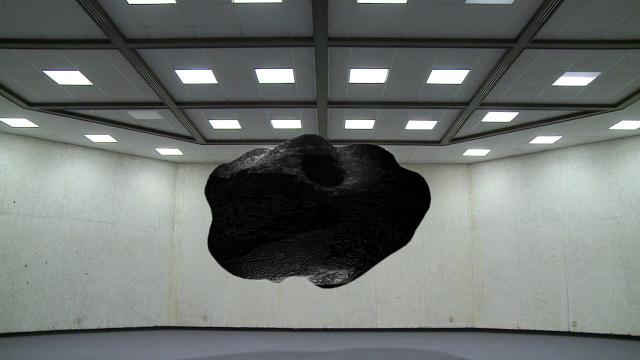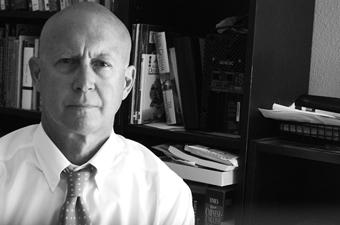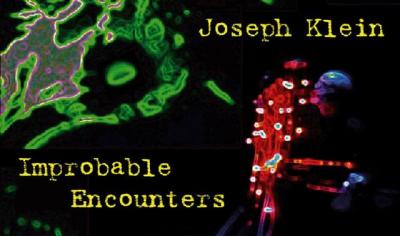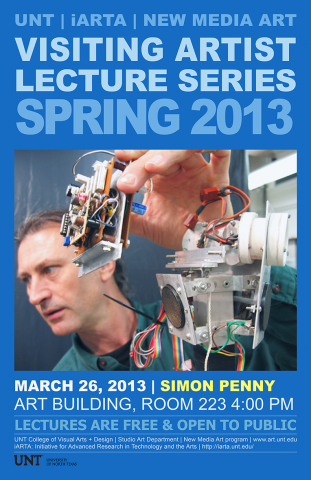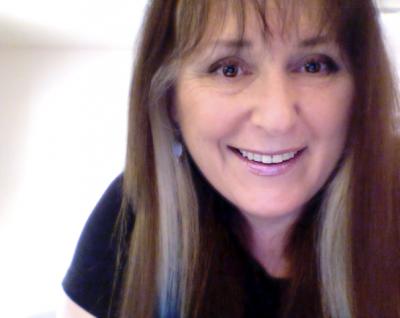UNT Music History, Theory, and Ethnomusicology Associate Professor and MOEBIUS Editor David Bard-Schwarz will be giving a keynote address in Music and Psychoanalysis next week at the University of Liverpool entitled “Music, Body, Real: Bare Life and Recent Works of New Media." Thise will be followed by a guest lecture at the University of Manchester (UK) titled “Music as Call of the Other: Bare Life and the Subject in Recent Works of New Media.”
http://musicandpsychoanalysis.wordpress.com/programme/
iARTA News
Improbable Encounters, a collection of works by UNT faculty composer and iARTA participant Joseph Klein, will be released on the innova label in January 2014. The 2-disc album (CD and DVD) includes solo, chamber, and intermedia works composed over the past 30 years, and features performances by UNT faculty members Elizabeth McNutt, Eric Nestler, Christopher Deane, and Felix Olschofka.
More information is available at http://www.innova.mu/albums/joseph-klein/improbable-encounters.
iARTA participant and UNT Faculty Composer Andrew May recently collaborated with violinist Julia Ogrydziak to transform his 1991 work "Singing Boxes" into an interactive work for violin and computer that Julia performs live with dance choreographed by Jodi Lomask of CAPACITOR in the work "Flock." RJ Muna collaborated with Jodi, Julia, and dancers Ismael Alvarez Acosta, Marlowe Bassett, Jamielyn Duggan, Sarah Griffin, Emily Kerr, Kristina Lind, and Micah Walters to create a dance film of the piece, filmed at the historic 16th Street Station in Oakland, California.
The UNT College of Visual Art and Design in collaboration with the iARTAresearch initiative recently hosted a lecture and follow up round-tablediscussion with UCI arts professor, Simon Penny.
Penny was appointed Professor of Arts and Engineering at University ofCalifornia Irvine (a specially-created joint appointment between the HenrySamueli School of Engineering and the Claire Trevor School of Arts) in2001 (with an appointment also in Information and Computer Science).He was architect and founding director of the interdisciplinary graduateprogram in Arts, Computation and Engineering, established 2003 (ACE,see www.ace.uci.edu). He is ‘humanist at large’ for the University ofCalifornia Council on Research. Prof. Penny was previously an AssociateProfessor of Art and Robotics at Carnegie Mellon University (a jointappointment between the College of Fine Arts and the Robotics Institute);1993-2001. During 2000-01 he was European Professor of InteractiveEnvironments at the University of Portsmouth and the Merz Akademie,Stuttgart, and a member of the central committee of the EU ESPRITproject CIRCUS. He established the Electronic Intermedia Program atthe University of Florida 1989-93. Prior to his arrival in the US, he helda range of academic positions in Australia. He is a guest professor forthe Interdisciplinary Master in Cognitive Systems and Interactive Media(CSIM), Universitat Pompeu Fabra, Barcelona, 2008, and 2009.
iARTA Participant Ruth West gave a keynote talk for the iConference 2013, held in Fort Worth, February 12 - 15, 2013.
In her keynote talk for the iConference 2013, Ruth West discussed art work that interrogates the challenges of the digital age within cross-disciplinary collaborations to create new kinds of engagement, insight, and cultural forms through hybrid research that blurs boundaries between disciplines in purposeful and productive ways:
"Whether generated by terrestrial observatories, automated genomic sequencing, social media, high-resolution sub-cellular imaging, surveillance video, financial transactions, or the emerging 'quantified self' movement 'big data,' is here to stay. The richness of these massive repositories is such that we can generate an enormous amount of interpretations to address human concerns spanning the personal to the global over an equally wide range of disciplines. Yet the abstraction of nature and culture into vast and abstract data present challenges for the articulation and representation of linkages between the invisible and the visible - the immaterial scale of digital artifacts and the physical scales and dynamic states they represent. We face a crisis of representation."
The UNT-based research cluster Initiative for Advanced Research in Technology and the Arts (iARTA) has launched an online journal in partnership with the UNT Libraries. Moebius explores international art trends and issues at the intersection of theory and practice and is one of thecritical scholarship activities that supports iARTA’s focus on hybrid research, technologies, and new media applications.
iARTA is pleased to announce the inclusion of two new faculty members in our evolving research cluster. Paula Gaetano-Adi (College of Visual Art and Design) brings an expertise in art-robotics, performance and the aesthetic applications for artificial life systems. We are also joined by Panayiotis Kokoros (College of Music). Dr. Kokoras is a renowned composer whose diverse interests include an examination of the plasticity of timbre through electronic digital and traditional acoustic means. In addition to the breadth of interdisciplinary knowledge represented by these two new additions to iARTA we also celebrate a growing international reach – Professor Adi comes to us from Argentina and Dr. Kokoras from Greece.
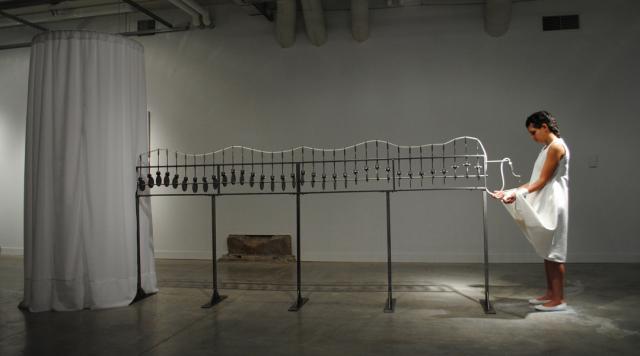
Paula Gaetano Adi (San Juan, Argentina, 1981) is an artist and researcher working in sculptures, performances, interactive installations and robotic agents. Using the human and nonhuman body as a point of departure, her work deals with different cultural studies of technoscience, particularly in regard to how its discursive effects and affects are inscribed in human subjectivity and how they can be reflected through art. Her work has been presented internationally in venues such as the National Art Museum of China (Beijing), MejanLabs (Stockholm), ARCO Fair (Madrid), FILE Festival (Sao Paulo), BIOS4 (Sevilla), National Museum of Poznan (Ponznan), BrandenburgerTor Foundation (Berlin), Museum of Modern Art (Buenos Aires), Espacio Fundación Telefónica (Buenos Aires), among others. She was the recipient of the First Prize VIDA 9.0, the international competition on Art & Artificial life – Fundacion Telefonica, and the First Prize ‘LIMBØ’- Museum of Modern Art of Buenos Aires. She has received different grants and awards including San Juan Bank Foundation, Fondo Nacional de las Artes, Secretaría de Cultura de la Nación Argentina, Blas Pascal University, Ohio State University Presidential Fellowship and the Fergus Memorial Award both in 2009 and 2010. www.paulagaetano.com.ar/
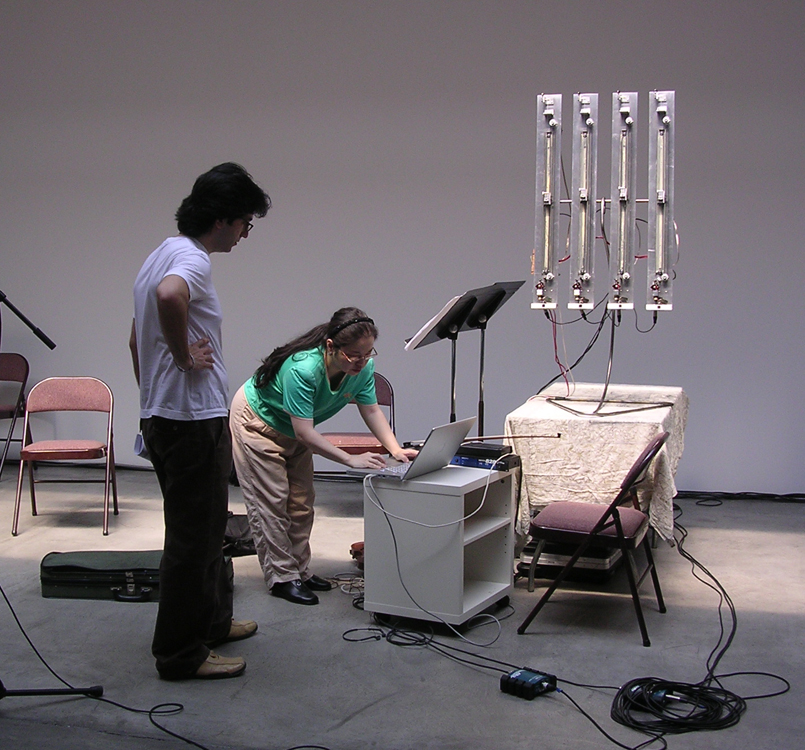
Panayiotis A. Kokoras (Greece, 1974) completed his musical training in composition and in classical guitar, in Athens. Afterwards, he continued in England where he obtained a Master and a PhD in composition at the University of York. He has taught at the Higher Technological and Educational Institute of Crete and the Aristotle University of Thessaloniki. Since August 2012 he is Assistant Professor in Composition at the University of North Texas. He is founding member and vice-president of the Hellenic Electroacoustic Music Composers Association (HELMCA). His compositional output consists of 50 works ranging from solo, ensemble and orchestral works to mixed media, improvisation and tape. His array of achievements includes commissions from the FROMM (Harvard University), IRCAM (Paris), MATA (New York), IMEB (Bourges), ZKM (Karlsruhe) and 48 distinctions and prizes at international competitions among others Prix Ars Electronica 2011 (Austria), Métamorphoses 2010 & 2000 (Belgium), Giga-Hertz Music Award 2009 (Germany), Bourges 2009, 2008 and 2004 (France), Gianni Bergamo 2007 (Switzerland), Pierre Schaeffer 2005 (Italy), Musica Viva 2005 and 2002 (Portugal), Gaudeamus 2004 and 2003 (Holland), Jurgenson Competition 2003 (Russia), Takemitsu Composition Award 2002 (Japan). www.panayiotiskokoras.com
Composer, Joseph Klein at work with SCCM guitarist Joseph Mirandilla on the premiere of “Der Demutsahne”
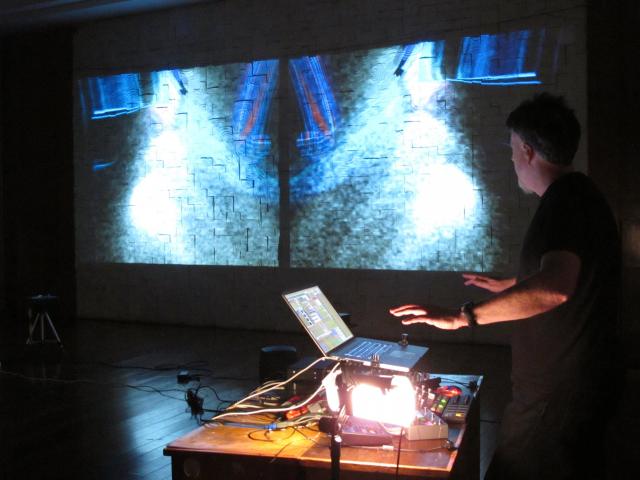
David Stout performs "Drill Wide Open" at the Sichuan Conservatory of Music
The exchange activities culminated in the presentation of the UNT Composer’s Concert. The featured works included Dr. May’s “Chant/Songe” for clarinet and computer performed by SCCM musician, Zhen Sun and “Ripped Up Maps” for violin and computer performed by May. Works by Dr. Klein included the premiere of “Der Demutsahne” ("The Humility forbear") performed by guitarist Joseph Mirandilla and “Die Tischtuchtolle” ("The Tablecloth Lunatic") performed by violinist Zhao Song. Klein also performed his own Cornell Set, a setting of four poems with computer music, commissioned by the Cornell University Creative Writing Program. David Stout performed “Drill Wide Open”, an interactive audio-visual work exploring the mythos of the American southwest.
Joseph Klein’s Cornell Set (a computer music setting of four poems by Cornell University poets) was commissioned by the Creative Writing Program and the Department of English at Cornell University, where Klein was a guest artist in April 2011. The residency included seminars with student poets and culminated in the premiere performance of Cornell Set, along with Klein’s 2005 work Three Poems from Felt (after Alice Fulton), performed by the respective poets. A video of this performance is on the Cornell Cast website, and an interview with Dr. Klein concerning the workmay be heard at the Writers at Cornell website. Subsequent performances of Cornell Set have taken place at the University of North Texas (October2011), the 13th Biennial Arts and Technology Symposium at Connecticut College (March 2012), andthe Sichuan Conservatory of Music in Chengdu, China (May 2012).
Klein discussing his collaborative work at Cornell University (April 2011).

Cornell poets: Alice Fulton, Elizabeth Rogers, Benjamin Garcia, Clayton Pityk, and Tacey Atsitty (April 2011).
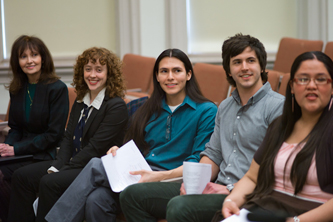
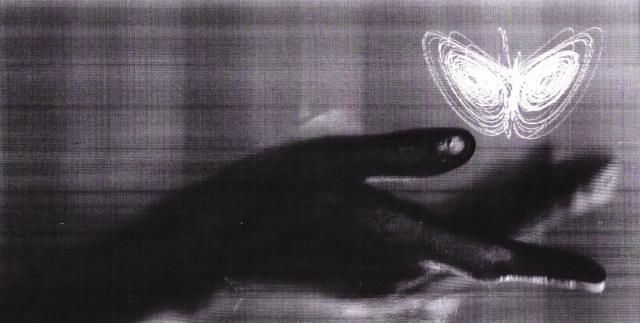
Jenny Vogel, Assistant professor of the New Media Art program has been named one of 30 artists to watch in 2012 by NYART Magazine:
http://www.nyartsmagazine.com/reviewed/30-artists-to-watch-part-i
"Jenny Vogel’s work explores subjective themes as they are experienced in the age of information. She examines the anxiety of alienation, the desires of communication and a sense of be-longing in a virtual world. These traits, attributed to Romanticism, are dealt with in her work through the lenses of contemporary communication technology, the media and historical preconceptions. Through the juxtaposition of technology and Romanticism, Vogel attempts to challenge the image of the Internet as the “global village,” objectivism in the news and the ideology of science."
